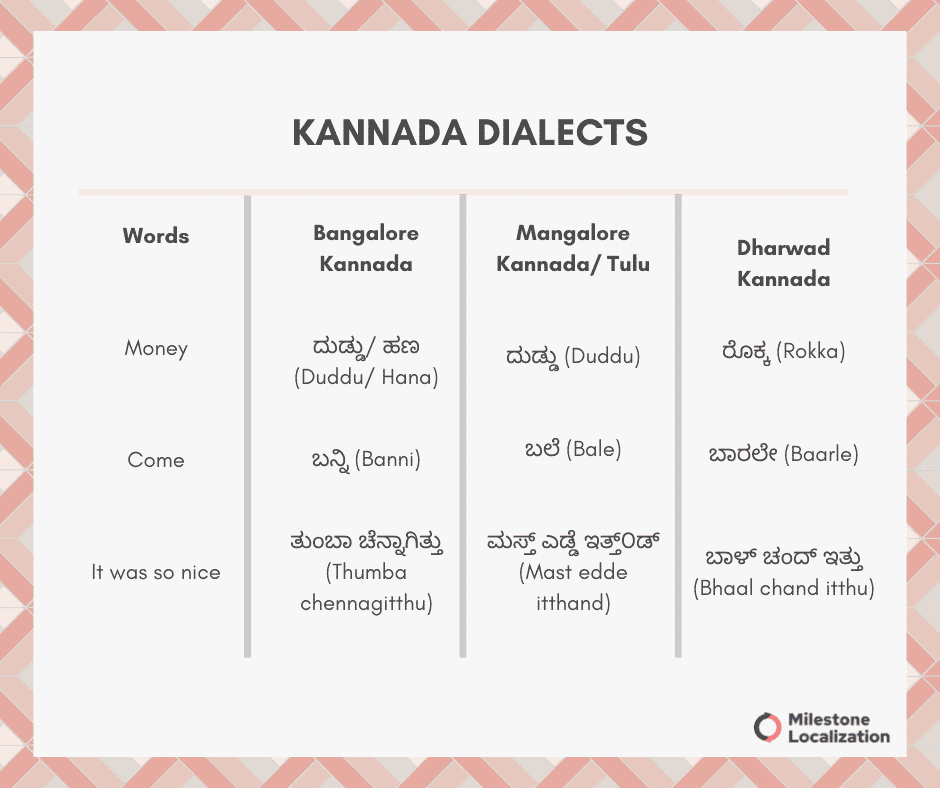Are you curious about the subtle nuances of language, particularly the fascinating world of translation? Understanding the meaning of words across different languages is not merely a linguistic exercise; it's a portal to different cultures and a deeper comprehension of human expression.
The complexities of language offer endless avenues for exploration. One such area is the translation of words, phrases, and concepts from one language to another. The goal is often to find equivalence, which might be challenging because each language has unique syntax, idioms, and cultural contexts. Finding the right translation is vital for successful communication, whether you're conducting business, traveling, or just trying to connect with people from different backgrounds. Kannada, a language with a rich history, is no exception to this rule. This article delves into how the term "reveal" is translated into Kannada, shedding light on its various shades of meaning, usage, and the challenges and rewards of translation.
To learn a language like Kannada, certain components are essential. Common vocabulary forms the foundation, consisting of everyday words used in daily conversations. Mastering this vocabulary allows for immediate interaction. Furthermore, understanding basic grammar is crucial for constructing correct sentences. This includes grasping verb conjugations, sentence structures, and the role of nouns and pronouns. Therefore, both vocabulary and grammar are integral aspects of Kannada language acquisition, enabling learners to communicate effectively.
| Feature | Details |
|---|---|
| English Word | Reveal |
| Kannada Translation (Primary) | (bahirangapadisu) |
| Kannada Translation (Alternative) | (rahasyavannu tereyiri) - meaning "uncover the secret" |
| Pronunciation | /rvil/ (English) - Kannada pronunciation varies based on dialect and context. Resources such as the one provided can help. |
| Synonyms (English) | Disclose, Uncover, Show, Expose, Divulge, Make known, Unveil |
| Antonyms (English) | Conceal, Hide, Cover, Obscure, Withhold |
| Examples of Usage | "The investigation revealed new evidence." "Summer brings out bright clothes." "He brings out the best in her." "The newspaper uncovered the president's illegal dealings." |
| Contextual nuances | The translation can change depending on the context. "Reveal" can mean to make something visible, to uncover a secret, or to express something. |
| Related concepts | Disclosure, Revelation, Exposure, Unveiling |
| Cultural Significance | In many cultures, the act of revealing something can have significant implications, reflecting themes of truth, honesty, and trust. |
| Additional resources |
|
The process of translating "reveal" into Kannada presents a fascinating case study in the art of linguistic equivalence. The core meaning of "reveal" is to make something known, to uncover something previously hidden. In Kannada, the primary translation often used is " (bahirangapadisu)." This Kannada word captures the essence of making something public or known. However, the most suitable translation can change based on the situation and how the word is used.
The intricacies of finding the right translation are important. Synonyms offer a variety of methods of conveying the concept. When thinking about the words "reveal," English synonyms include "disclose," "uncover," "show," "expose," and "divulge." Conversely, antonyms such as "conceal," "hide," and "cover" express the opposite meaning. Being aware of these alternatives can help you better understand the nuances of "reveal."
Understanding the pronunciation of "reveal" in Kannada is also important for clear and correct communication. While the English pronunciation is /rvil/, the Kannada pronunciation can vary based on dialect and regional differences. Online dictionaries and language resources typically provide audio pronunciations, such as those mentioned in the given content, which is helpful for learners.
The availability of translation tools, such as those provided by Google using machine learning and AI technologies, makes it easier to find words across languages. Such translation tools help bridge the communication gap and assist with understanding. However, even with advancements in translation technology, human insight and contextual understanding remain essential.
Besides direct word-for-word translations, the best examples are sentences. The use of "reveal" in sentences can show the depth of meaning. For instance, the phrase "Summer brings out bright clothes" is a metaphorical usage of reveal, demonstrating something becoming visible due to a cause. Likewise, "He brings out the best in her" indicates an act of making someone's better qualities known. "The newspaper uncovered the president's illegal dealings" is an example of revealing a secret to the public. These examples demonstrate the versatile applications of the term.
The concept of revealing also includes uncovering information previously unknown. The revealing action shows something that was hidden. The newspaper revealing the president's dealings is an illustration. The concept of revealing can involve a gradual process of making something known or presenting something for the first time.
Furthermore, understanding cultural context is important. In several cultures, acts of revealing carry heavy weight and have implications related to trust, honesty, and truth. This makes "reveal" a word that can be used in a wide range of contexts. Language acquisition also entails learning about cultural relevance, making translations more complex than mere word replacements.
The provided source also highlights the value of online dictionaries. Resources like the Khandbahale Kannada Dictionary are regarded as reliable sources for translation and are useful for finding Kannada meanings, synonyms, and antonyms. These dictionaries go beyond simple word translations by offering context-based examples and usage. Also, these resources are useful for language learners and speakers of Kannada.
The original text also touched upon the importance of basic Kannada vocabulary and grammar. Focusing on these components first gives the students a base from which to grow. The common vocabulary includes the everyday terms needed for daily conversations. Grammatical knowledge, like verb conjugations and sentence structures, is essential for communication.
Also included in the source material is information on common Kannada words and phrases for different scenarios. It provides phrases used for greetings and basic interactions, as well as words and phrases to ask basic questions. The resource also includes phrases for daily activities, directions, locations, and numerical expressions. These language examples enhance language learning.
Besides the Kannada-English dictionary, these resources also include information regarding how to learn languages. The goal of many students is to speak, read, and write. The most successful learning methods are context, practice, and repetition. The best results occur when you practice the language, be it by interacting with native speakers, or using the language in different contexts.
In addition, the text explores the availability of bilingual dictionaries, such as those that give translations in various languages such as Hindi, Tamil, Telugu, Bengali, Marathi, Malayalam, Gujarati, Punjabi, and Urdu. The availability of multi-language resources allows more language learners to discover word meanings in their native languages. This promotes cross-linguistic learning and understanding.
By examining the various facets of translation, language learners improve their language abilities. It improves the ability to connect with people from various cultural backgrounds. The act of translating "reveal" into Kannada is not only a linguistic effort, but also a window into the cultural contexts. The ongoing evolution of translation technology demonstrates how language barriers are being overcome.
In summary, finding the right Kannada translation of "reveal" is crucial for successful communication. Resources, such as dictionaries and translation tools, are essential for understanding how a word is used and what it means in different settings. The translation reflects the richness of languages. This highlights the necessity of grasping not only the Kannada meaning of "reveal," but also the deeper cultural contexts it inhabits.


